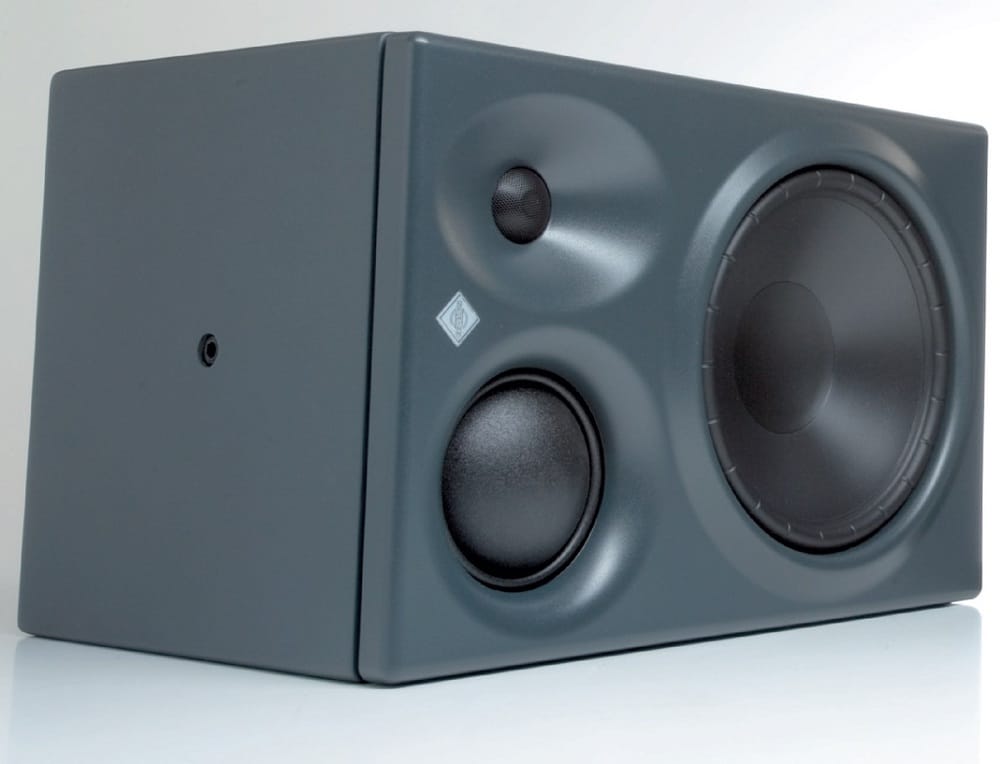boxerfan88
Major Contributor
- Joined
- Oct 23, 2018
- Messages
- 1,154
- Likes
- 1,356
The KH150 has are more linear and a much more narrow beam width than the KH310. So they should be less room dependent in their imaging. In my small room i struggle width the image of the 310, too. If you are in a bigger room width side walls far away, this is probably less problematic.
Out of curiosity, what's the distance between KH310 acoustic center to the side wall in your room?
Mine is ~69cm.

